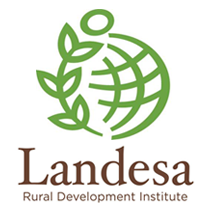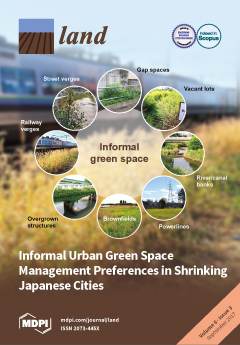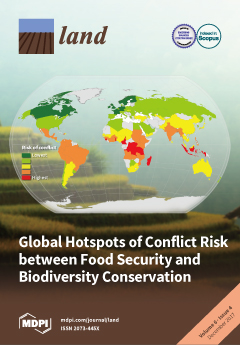African compendium of environment statistics 1991 = Recueil des statistiques africaines de l'environnement 1991
This document focuses on African compendium of environment statistics 1991. The topics covered in this edition include population density, land use, irrigation, round wood production, agro climatologically conditions, urbanization and disasters related to the environment.





